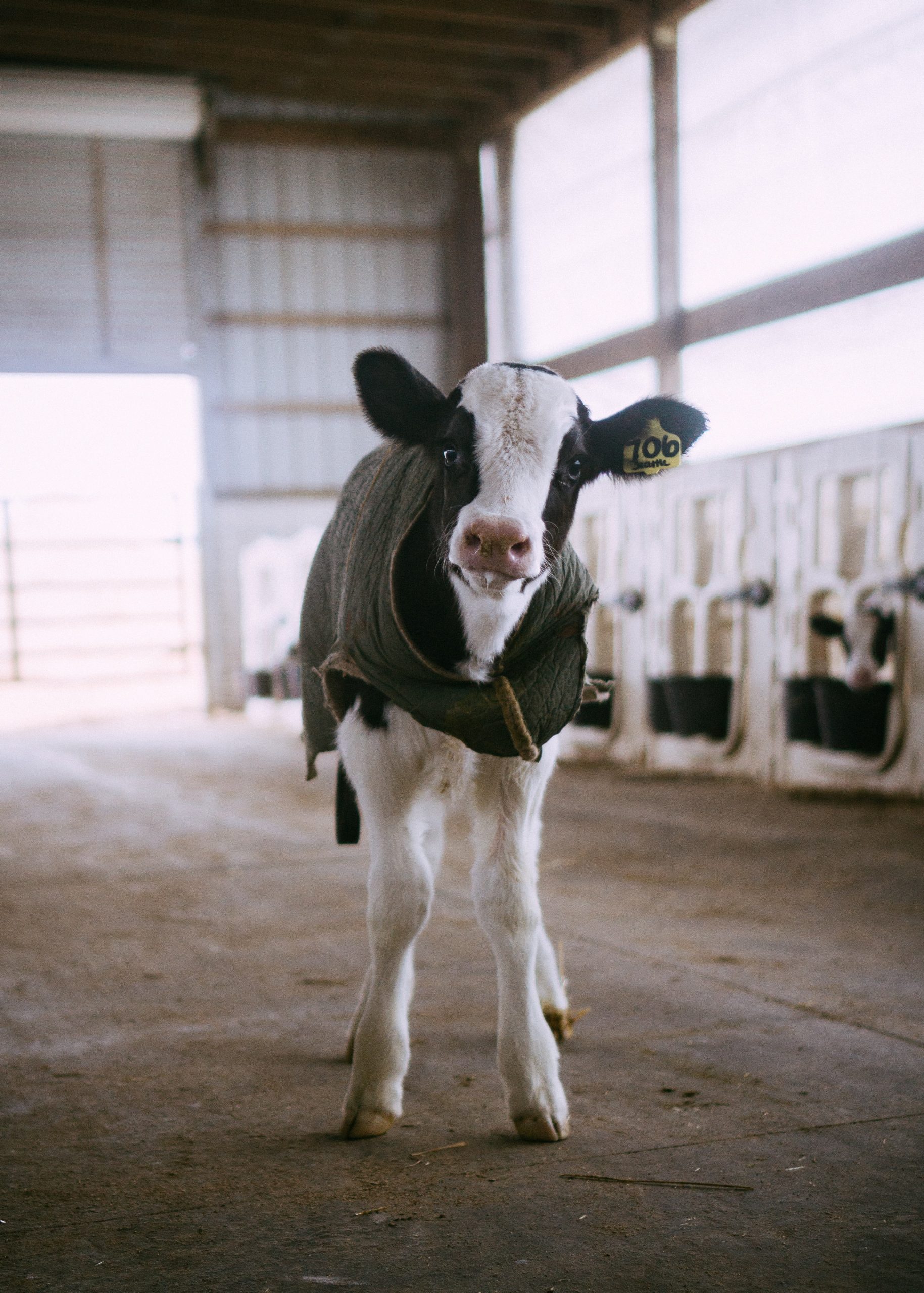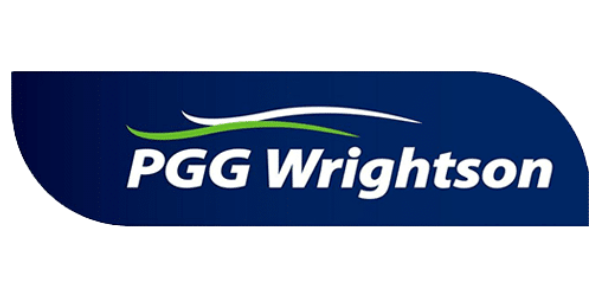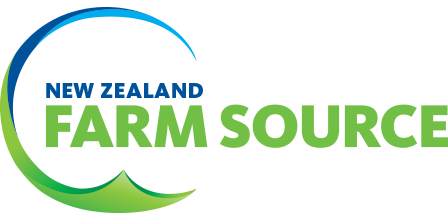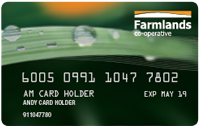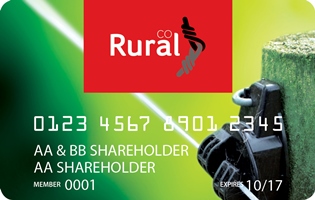Articles
Choosing your Calf Feed: What’s Best for the Calf?
Choosing Your Calf Feed: What’s Best For The Calf
By Natalie Chrystal, Nutritionist
The productivity of heifers entering the dairy herd. The potential to dramatically influence the overall profitability of the dairy operation. Managing the transition from a liquid to a solid feed reduces stress on calves and helps to minimize post-weaning growth checks. However, this change needs to be made in a cost-effective manner and should occur as rapidly as possible, without significant disruption to the growth and health of the animal. Critical to achieving these objectives is to ensure that the rumen is developed into a fully functional organ by approximately 10 weeks of age. Selecting a good quality calf feed can help you to achieve this.
Early feed intake is essential
To develop the rumen and encourage the establishment of a healthy microbial population requires solid feed intake, so the diet offered to the calf must be palatable. Our calf diets are formulated with highly palatable NZ grains, molasses and a flavour to help encourage feed intake.
Starch plays an important role in rumen development
The starch content of the feed offered is an essential factor in early rumen development. Microbes present in the developing rumen ferment starch to primarily produce butyric and propionic acids. These two volatile fatty acids (VFAs) stimulate the growth and development of the rumen papillae and this is essential for the efficient utilisation of fibrous feeds by the older calf and mature animal. Made with New Zealand grown grains, the Sgt Dan calf feeds typically contain at least 35% starch. Feeds which are low in starch, such as palm kernel which contains less than 3% starch, don’t provide the rumen microbes with sufficient substrate for the production of butyric acid, essential for the development of rumen papillae in the young calf.
Protein quality and not just the amount of protein determines lean tissue growth
The young calf is essentially a monogastric (or single-stomached) animal for the first few weeks of its life. As a result, the amino acids – essential building blocks of protein – required by the calf must be supplied in a readily digestible form. Quality calf feeds, like the Sgt Dan Super 20 and Super 15, contain highly digestible protein sources like soybean meal, peas and canola meal, which are easily digested by the young calf and provide the amino acids essential for early lean tissue gain. The crude protein content of a feed or feed ingredient provides no information on the quality of that protein, so choosing a good quality calf feed is extremely important.
Added vitamins and minerals support bone development and immunity
The inclusion of vitamins and minerals in a calf feed is essential. Macro minerals such as calcium and phosphorus are important for the development of strong bones, while trace elements such as zinc, copper, selenium and iodine play an important role in a number of physiological processes. Added vitamins A, D and E are also essential for young calves.
Bovatec® aids in the control of coccidiosis
Coccidiosis, caused by intracellular protozoal parasites, can be a significant disease in calves, leaving them susceptible to a range of other health issues. Bovatec® is included in all Sgt Dan calf feeds to help reduce the risk of infection and ensure that optimum calf health is maintained.
When choosing your calf feed this season consider whether the feed provides all the essential nutrients required by the calf for optimum growth. After all, investing in your heifers is an investment in the future of your herd.

